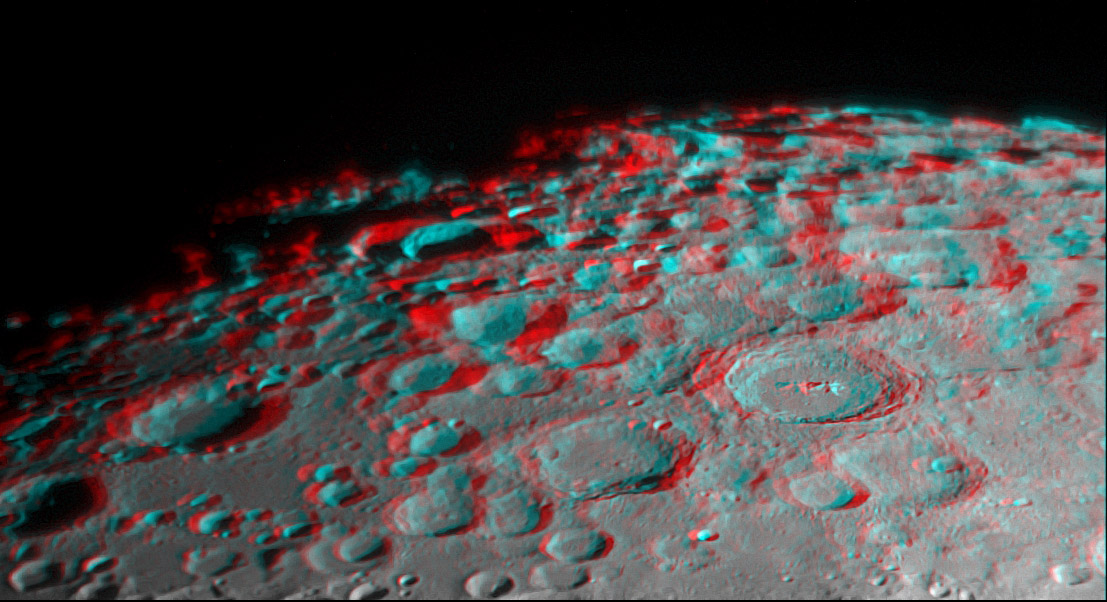Difference between revisions of "February 12, 2012"
| (3 intermediate revisions by the same user not shown) | |||
| Line 1: | Line 1: | ||
__NOTOC__ | __NOTOC__ | ||
=Post Spa Craters= | =Post Spa Craters= | ||
| + | <!-- Start of content --> | ||
<!-- ws:start:WikiTextHeadingRule:0:<h1> --> | <!-- ws:start:WikiTextHeadingRule:0:<h1> --> | ||
<!-- ws:start:WikiTextLocalImageRule:6:<img src="/file/view/LPOD-Feb12-12.jpg/300849142/LPOD-Feb12-12.jpg" alt="" title="" /> -->[[File:LPOD-Feb12-12.jpg|LPOD-Feb12-12.jpg]]<!-- ws:end:WikiTextLocalImageRule:6 --><br /> | <!-- ws:start:WikiTextLocalImageRule:6:<img src="/file/view/LPOD-Feb12-12.jpg/300849142/LPOD-Feb12-12.jpg" alt="" title="" /> -->[[File:LPOD-Feb12-12.jpg|LPOD-Feb12-12.jpg]]<!-- ws:end:WikiTextLocalImageRule:6 --><br /> | ||
<em>image by [mailto:francisco.fernandez@mundo-r.com Francisco Fernandez], Spain</em><br /> | <em>image by [mailto:francisco.fernandez@mundo-r.com Francisco Fernandez], Spain</em><br /> | ||
<br /> | <br /> | ||
| − | One good stereo [http://lpod. | + | One good stereo [http://www2.lpod.org/wiki/February_12,_2012 image] deserves another. Here is a 3-D view of the topographically exuberant south pole. This region is really a bit of the farside that slops over into our view. The nearside is visually dominated by large impact basins filled with mare lavas. The farside has basins but almost no mare lavas. The farside crust is heavily cratered, as the nearside also was before about 3.9 billion years ago, resulting from the end of accretion that formed the Moon. Interestingly, the south pole region on the nearside is just beyond the rim of the huge South Pole-Aitken Basin and all pre-existing craters there must have been destroyed or buried by that mega-basin's ejecta. And yet the cratering rate was still so high at that early but still undated time that a dense build up of craters occurred. So as you peer down into these deep craters realize that this is what the nearside looked like too, before the formation of Imbrium and Orientale and the subsequent mare inundations.<br /> |
<br /> | <br /> | ||
<em>[mailto:tychocrater@yahoo.com Chuck Wood]</em><br /> | <em>[mailto:tychocrater@yahoo.com Chuck Wood]</em><br /> | ||
| Line 14: | Line 15: | ||
<br /> | <br /> | ||
<strong>Related Links</strong><br /> | <strong>Related Links</strong><br /> | ||
| − | Rükl plate [ | + | Rükl plate [https://the-moon.us/wiki/R%C3%BCkl_73 73]<br /> |
Francisco's [http://www.aristarco.org/ website]<br /> | Francisco's [http://www.aristarco.org/ website]<br /> | ||
<br /> | <br /> | ||
| Line 20: | Line 21: | ||
<p><b>Tomorrow's LPOD:</b> [[February 13, 2012|Blissfully Deep]] </p> | <p><b>Tomorrow's LPOD:</b> [[February 13, 2012|Blissfully Deep]] </p> | ||
<hr /> | <hr /> | ||
| + | {{wiki/ArticleFooter}} | ||
Latest revision as of 07:26, 28 October 2018
Post Spa Craters

image by Francisco Fernandez, Spain
One good stereo image deserves another. Here is a 3-D view of the topographically exuberant south pole. This region is really a bit of the farside that slops over into our view. The nearside is visually dominated by large impact basins filled with mare lavas. The farside has basins but almost no mare lavas. The farside crust is heavily cratered, as the nearside also was before about 3.9 billion years ago, resulting from the end of accretion that formed the Moon. Interestingly, the south pole region on the nearside is just beyond the rim of the huge South Pole-Aitken Basin and all pre-existing craters there must have been destroyed or buried by that mega-basin's ejecta. And yet the cratering rate was still so high at that early but still undated time that a dense build up of craters occurred. So as you peer down into these deep craters realize that this is what the nearside looked like too, before the formation of Imbrium and Orientale and the subsequent mare inundations.
Chuck Wood
Note: Once again I can't evaluate the effectiveness of this stereo view so please comment on it. Thanks.
Technical Details
LX90, D = 203 mm F25 + Meade DSI III camera. Processed with the plugin G'MIC - GREYC's Magic Image Converter for GIMP. This allows, from a single tap to create 3D effects with editable predefined patterns.
Related Links
Rükl plate 73
Francisco's website
Yesterday's LPOD: Red-Blue Blur
Tomorrow's LPOD: Blissfully Deep
COMMENTS?
Register, Log in, and join in the comments.



